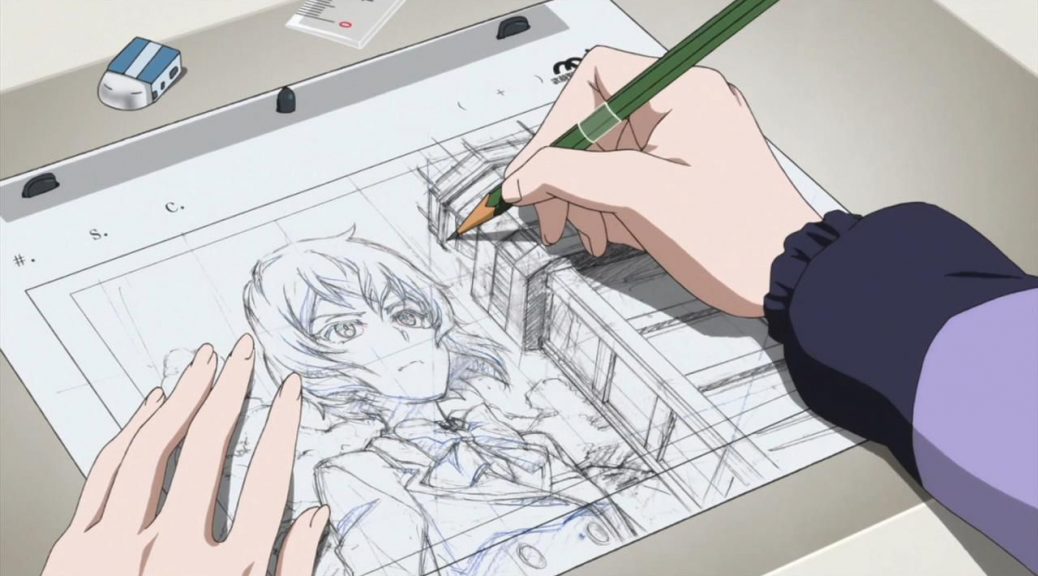Just How Anime is Made
Have you ever questioned just how anime is made? For most of us, anime manufacturing is all smoke as well as mirrors. The range in between the idea art and also the ended up work of art is the length of a regular 12-week period. Reality be informed, unless you're fluent in Japanese, the manufacturing process governing Japanese animation is shrouded in secret. Trying to find out more will lead you down a rabbit hole of terms like essential animator, in-between animator, animation supervisor, episode director, art director, and also personality designer. How anime is made in Japan is really various from how you would believe; most of the times, it is much more of a liquid (read: disorderly) process than you would expect.
The Art of Animation
Computer animation production is an untidy, unpleasant event. Disorderly scheduling, crunched timelines, missed deadlines, and widespread inexperience are all occupational threats any individual working in a tiny, start-up atmosphere is well-acquainted with.

Anime is also a labor of love and also one that requires the talents of many people, in addition to the patience of a choose few. After all, it is one that requires lots of, several steps. The success of also one episode is no tiny feat, as well as one bad move can have alarming consequences for the whole production. Dig much deeper as well as you'll locate manufacturing routines and color-coded lists that are right stuff of problems. So many spreadsheets, many trademarks.
I'll do my best to provide an extensive review of the procedure, outlining the significant actions and also the significant gamers. In doing so, I intend to demonstrate how difficult it is to make a respectable anime, not to mention a great one, while reigniting your love for the tool. Most importantly, apologies ahead of time for any kind of mistakes or errors; I am, by no means, an expert on anime manufacturing.
The Production Process (i.e. Production Risks).
Pre-production.
This is the planning as well as funding stage. The anime production business (e.g. Aniplex, Bandai Visual, Kadokawa Shoten, Horse Canyon, Sony, Toho, Viz Media) supervises of fronting expenses for staffing, broadcasting, and also circulation. Essentially, they pay studios to make it, television stations to air it, as well as the licensor to distribute it domestically and also internationally. Most of all, they collect the profits from the sales. Sometimes, multiple production firms are involved in a single anime. Studios (e.g. A-1 Pictures, Bones, J.C. Team, Kyoto Computer Animation, Madhouse, Production I.G, Studio Ghibli, Trigger) are the ones that staff, pay, as well as produce the real anime. If the anime is an initial concept, the studio will certainly in some cases help front the prices.
Putting together the Team.
The director is the creative executive as well as is, usually, the one that personnels the program. When it pertains to staffing, more info each workshop works in a different way. Some have permanent in-house animators, colorists, editors, and also production desks, while others will have a full time team of core people from each division and a large network of consultants. Then there are the studios that contract out the job totally to freelancers.
Storyboards.
The director is normally in charge of the storyboards, too. In long-running TV-anime, instead of seasonal anime, storyboards normally fall to different storyboarders. In an excellent globe, the storyboards would certainly be entirely finished before an episode enters into manufacturing. This would certainly offer the remainder of the personnel the possibility to flesh out a cohesive, fully recognized tale; nevertheless, that rarely ever before occurs, and also often episodes are in-production as the storyboards are still being exercised. It's a headache, truly.
Layouts.
Next up is formats. Under the guidance of the director, episode supervisor, and also occasionally producer, the layout supervisor will complete the details for cuts (scenes, usually determined by the use of a solitary history). This includes organizing the major animated photo or "cels" (received cozy shades) against the histories (received cool shades) with summaries of how the cam must relocate. To put it simply, the layout director is framing each cut and also looking at overall structure.

Computer animation.
When designs are done, the manufacturing aide provides to the vital animators. They're the ones who bring the photos to life. The finished cuts after that most likely to the episode's animation director, who checks for consistency as well as top quality. If the cuts obtain the consent, they go to the in-between animator. This work is normally outsourced to less seasoned animators with more affordable costs. The in-between frames are sent out to the in-between manager to ensure they are consistent with the top quality and also frames of the vital computer animation. If a cut is declined at any type of stage, it is sent back for modifications.
Digitized.
Ultimately, once the computer animation is done, the tinting group, overseen by the color designer, digitizes, cleans, as well as shades the cuts. At this moment, the cuts are referred to as cels (or digicels). The colorist puts the colored cels versus the history art (as defined in the formats) and includes any kind of 3DCGs under the guidance of the 3DCG manager. The last of in-production is recording, in which composition, unique effects, and also modifying are finalized.
Post-Production.
With completion visible, the manufacturing aide sends the final cels to the recording director for post-production. The recording director supervises the "dubbing" process in which the post-production groups add in the voice acting, audio impacts, as well as music. That concludes the life process of one cut in anime manufacturing. Lastly, at the end, the editor interlaces, integrates, edits, and afterwards establishes all the completed cuts. At the same time, the director and episode director are signing in at each stage to make sure the ended up item lives up to their vision. The core directing group then assesses the completed episode and also provides responses or their final authorization.